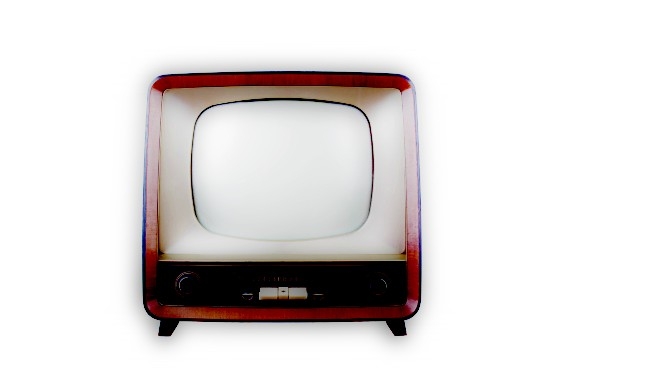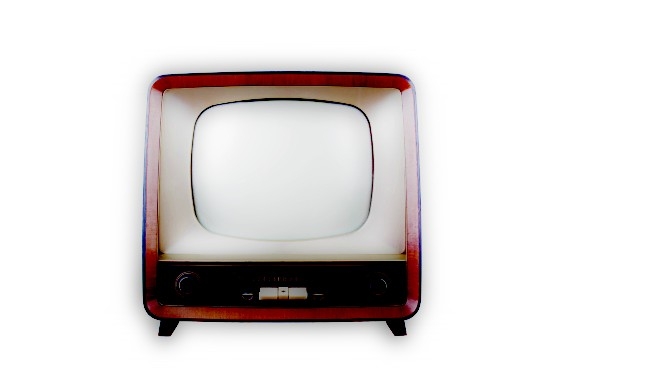
 iStock Photo
iStock Photo
It’s here in black and white from the UK-based Digital Production Partnership, which is “an initiative set up by the UK's public service broadcasters to help producers and broadcasters maximise the potential benefits of digital production.”
The group, which includes the BBC, Channel 4, Channel 5, ITV, S4/C (the UK’s Welsh Language channel) and Sky has set out their technical requirements for material submitted for broadcast.
This is where it gets really interesting, and quite brutal, if you don’t meet their specifications - although in a way all it’s really saying is that you can’t expect to use non broadcast-quality cameras for broadcast, and it’s defining what it means by that. In that sense, it’s not much different from the early days of DV when cameras like the Sony VX1000 were considered by some to be of broadcast quality. Broadcasters, though, took a different view.
The specification requires that a maximum of only 25% of all program materials are not high definition. The following material is treated as “non-HD”:
- HDV from all manufacturers
- Most cameras with image sensors under 1⁄2”
- Frame based (intra-frame) recording formats below 100Mb/s
- Inter-frame based recording formats below 50Mb/s
- Material generated or processed on 720 line equipment
These strictures may not be as absolute as they seem though. There may be ways round them.
If your compression type rules you out of the HD category, then you might be able to use an external recorder to bypass the compression in your camera. For example, some of the better quality HDV camcorders output through their HDMI port (if they have one ) while they’re recording. If you plug this into an external recorder, you can store your footage uncomressed, or as a high quality production codec like Apple ProRes or Avid DNxHD. The top-end versions of these codecs have bitrates of up to 220Mb/s, comfortably exceeding the Digital Production Partnership's HD threshold of 100Mb/s. Remember that this won’t override the “minimum ½” sensor size” rule, though.
Painful though it might be for anyone with production kit that doesn’t meet the specification, it is good to have very clear guidelines from all the major UK national broadcasters about what is and isn’t acceptable. It makes it clear to everyone, and it will at the very least help you to make the right choice next time you buy or hire camera equipment.
Tags: Technology


Comments